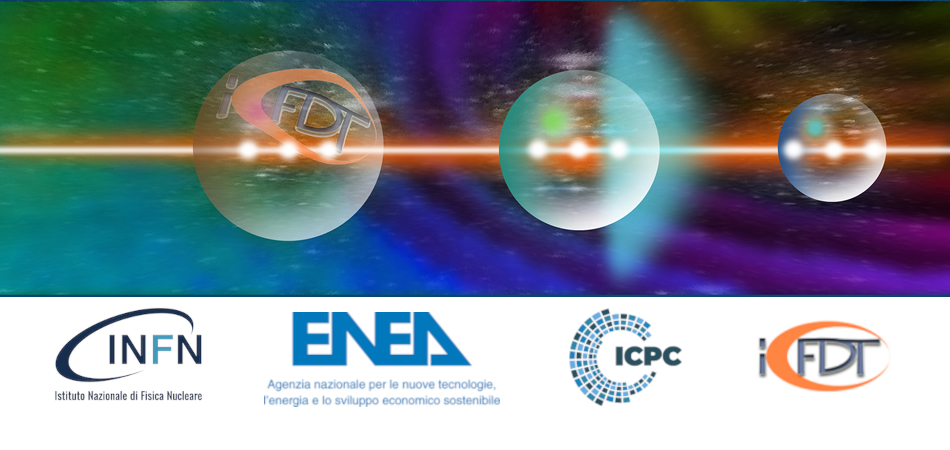Speaker
Description
The long journey of correlative microscopy (CM) began in 1945 when Keith Porter conducted pioneering studies demonstrating that specific details within specimens could be observed and characterized using both light microscopy (LM) and electron microscopy (EM) with proper sample preparation. Subsequent comparative attempts followed, thanks to contributions from McDonald, Pease, Hayes, and Geissenger, culminating in the development of detailed and robust protocols leading to correlative light and electron microscopy (CLEM) by 1980. Since then, CLEM has matured significantly, benefitting from technological advancements in both LM and EM fields, including super-resolution techniques overcoming the Abbe limit and the introduction of EM tomography enabling three-dimensional structure surveys with nanometric resolution. The innovative approach brought by CLEM has delineated the fundamental principles of modern CM, representing a game-changing element in scientific research. The increasing complexity of scientific questions necessitates a holistic, multimodal, and multiscale approach, from macrostructures down to the atomic level, across multiple characterization tools. This talk elucidates the pivotal role of CM, as a key enabling technology, for the development of new investigation workflows and protocols, exploring its versatility in addressing advanced scientific problems and revealing hidden details across multiple length scales and modalities within specimens. The application of CM workflows based on both non-destructive and destructive characterization techniques in some of today's cutting-edge scientific research fields will be described, including electronics and semiconductors, aerospace, biodegradation of recalcitrant materials, geosciences, and cultural heritage.

